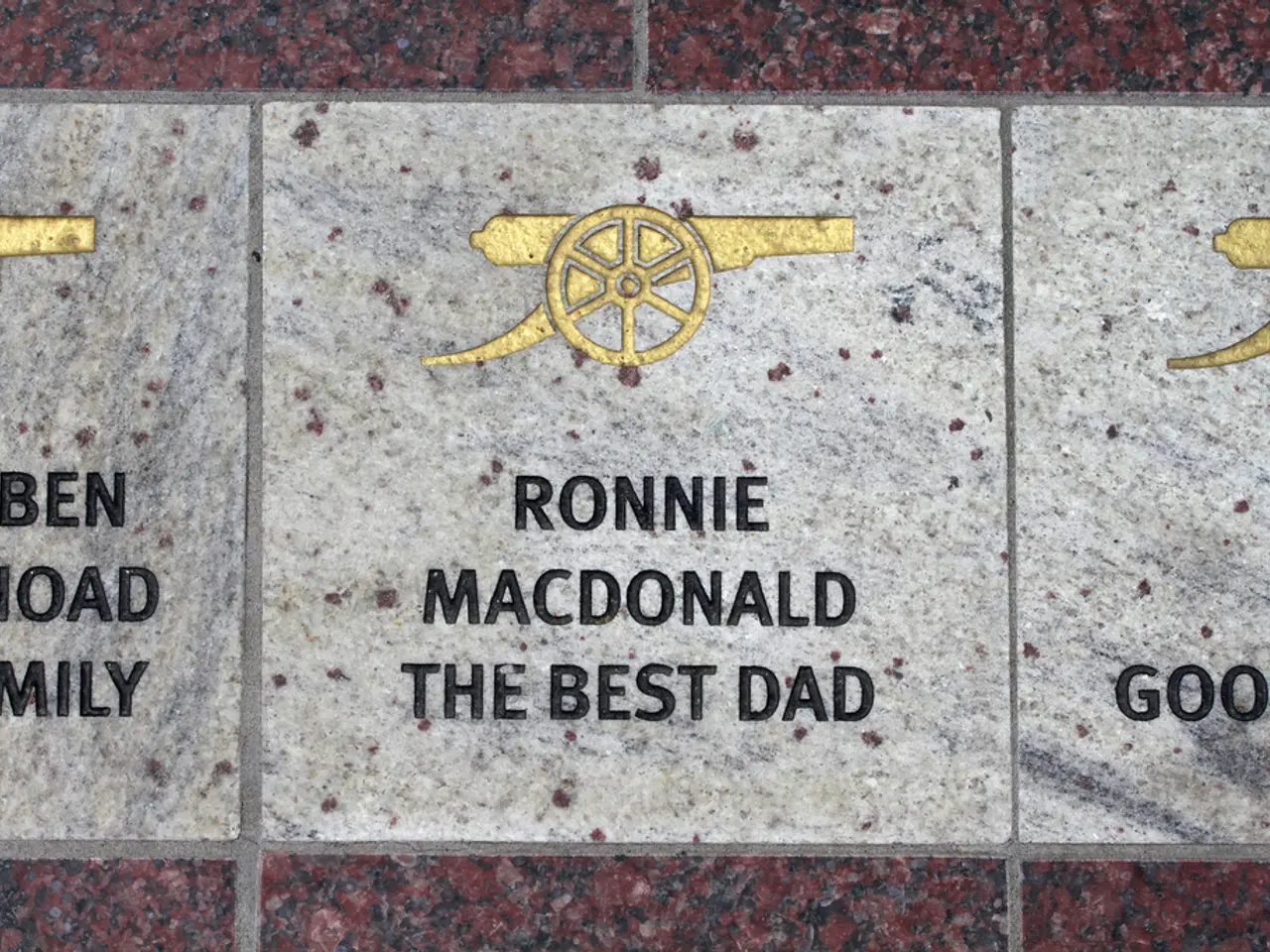Nazi Era in Düsseldorf-Oberkassel
The small district of Oberkassel, nestled in the heart of Düsseldorf, is known for its Rhine meadows, tennis clubs, trendy Italian restaurants, and stately apartments in restored old buildings. However, a darker chapter of its history has often been repressed, and a new brochure titled "Spurensuche – Die NS-Zeit im Bezirk 4" aims to shed light on this period.
Produced by Bastian Fleermann and Hildegard Jakobs for the Memorial and Place of Remembrance, the brochure documents the district's transformation during the Nazi era, when it became a site of violence and terror. Jewish and critical fellow citizens were mercilessly persecuted, and the police, once a symbol of law and order, incurred great guilt due to their involvement in persecutions and executions.
One of the most tragic stories is that of Kaspar Anraths, an Oberkasseler lawyer who repeatedly tried to combat injustice through legal means. He was arrested as a "troublemaker" and eventually deported to the Sachsenhausen concentration camp, where he died in 1940 after being tortured.
Another heart-wrenching tale is that of Dr. Georg Lindemeyer, a member of the evangelical congregation, who was persecuted as a "non-Aryan Christian" and was deported to the ghetto in Minsk, where he and his wife Frieda perished. Their three children were sent to England before the war.
The brochure also highlights acts of courage and defiance. Artist Otto Pankok and his wife Hulda defied the times by hiding painter Mathias Barz and his Jewish wife from the Gestapo at Brend'amour Street 65. The former Oberkasseler pastor Gottfried Hötzel took a brave stand against the persecution of Jews and died in southern exile from a stroke in the same year. He was arrested, interrogated, harassed, and expelled after being denounced by a fanatical Nazi supporter.
The Nazis established themselves in Oberkassel after 1933, and a photo shows synchronized police officers standing at attention in front of a display case with the SS magazine "Das schwarze Korps" in front of the police station on Sonderburgstraße. The local group leader Julius Schecher, an "old fighter" who had joined the NSDAP in 1930, ensured Hitler's loyalty with 185 so-called block leaders and lived and worked at Schanzenstraße 25.
The brochure "Spurensuche(n) - The NS Era in District 4" is available for free distribution to interested citizens. It can be obtained at the Memorial and Remembrance Site (Mühlen Street 29) or at the VVV, San-Remo Street 6, Tel. 0211 / 550 2784. The Traffic and Beautification Association, an over 120-year-old organization, was particularly interested in the presentation of the brochure.
The rental building at Teutonen Street 9 was a waystation for Jewish neighbors hoping for emigration or a miracle. David Salomon, the owner of the building, was deported along with most of the tenants. Only a few tenants survived the end of the war.
Bastian Fleermann, director of the Memorial and Remembrance Site, and his colleague Hildegard Jakobs selected 13 stations to remember victims, perpetrators, and the structures of power on the left bank. The brochure titled "Trace Search" serves as a testament to the district's past and a reminder of the importance of remembering history to prevent its repetition.
For more information about the brochure, visit www.vvv-linksrheinisch.de.







